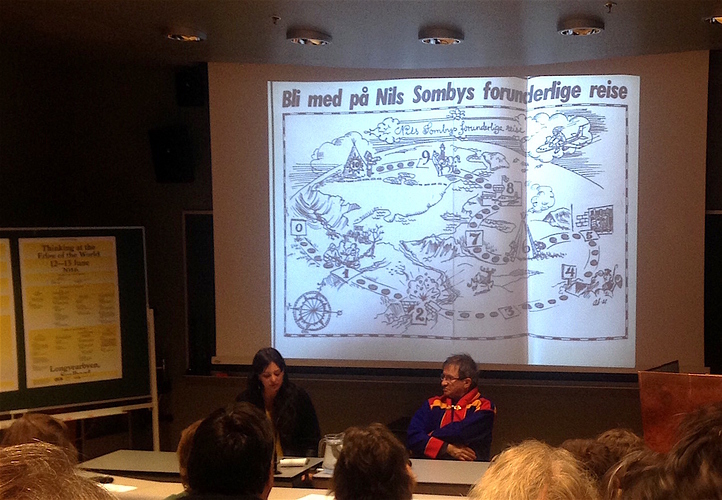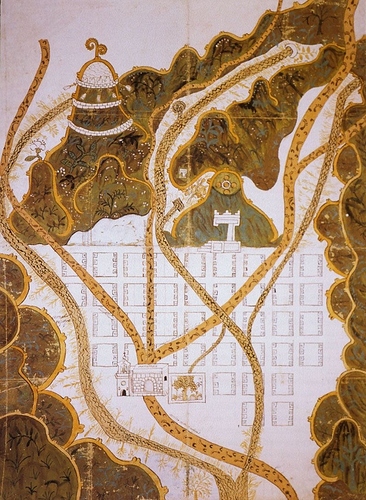Please join us June 12-13th as art-agenda Editor-in-Chief Filipa Ramos (@filipa) reports on the “Thinking at the Edge of the World” conference from Svalbard, Norway–one of the northernmost populated areas in the world. As such, the conference consider the concept of frontiers from an arctic context. The e-flux press release is in partial below, and you can find the schedule in detail via the conference program booklet: Thinking at the Edge of the World_Programme Booklet.pdf (382.9 KB)
“Thinking at the Edge of the World” is a cross-disciplinary international conference initiated and developed by Northern Norway Art Museum and the Office for Contemporary Art Norway (OCA). Held on Svalbard from June 12-13, 2016, it brings together figures from the fields of art, architecture, psychology, philosophy, history and science, who are invited to visit and think about the region, considering it as a unique vantage point from which to reflect upon the environmental, aesthetic, architectural, economic, political and scientific forces that are shaping the north of Norway and its relationship to the world.
How are frontiers questioned from an Arctic vantage point, and how might this questioning catalyse new thinking regarding territory, power and resource exploitation? Could concepts of society, aesthetics and community explored during the 19th and 20th century—often led by artists and intellectuals from Norway and its indigenous communities—be sought again to enlighten this debate?
The conference coincides with the opening of a solo exhibition by the Norwegian contemporary artist Olav Christopher Jenssen at Northern Norway Art Museum’s Kunsthall Svalbard in Longyearbyen. The exhibition features new work inspired by Jenssen’s recent residency project with Kunsthall Svalbard.
Confirmed highlights include a conversation between Candice Hopkins, Chief Curator at The IAIA Museum of Contemporary Native Arts in Santa Fe, NM, USA, and legendary journalist and Sami political rights activist Niillas Somby, as well as Lisa Philips, Director of New Museum in New York; Robert Templer, Director of The Center for Conflict, Negotiation and Recovery, Central European University, Budapest, Hungary; Elena Isayev, Professor of Ancient History at the University of Exeter, UK; Ute Meta Bauer, Founding Director of NTU Centre for Contemporary Art, Singapore; Luba Kuzovnikova, Director of Pikene på Broen, Kirkenes; Julie Decker, CEO and Director of Anchorage Museum, AK, USA; and Sami poet and visual artist Synnøve Persen together with AK Dolven, two of Norway’s foremost visual artists. A panel discussion on the future of the oceans is complemented by a special screening of Leviathan, an experimental work about the North American fishing industry by Lucien Castaing-Taylor and Véréna Paravel, and Kim Holmén, International Director of the Norwegian Polar Institute, will lead a boat trip to the glacier front.
Other elements of the diverse programme include a 24-hour sensory intervention and scent workshop devised by design historian, writer and curator Emily King with leading perfumer Nadjib Achaibou.
*Image of arctic pup by Filipa Ramos

